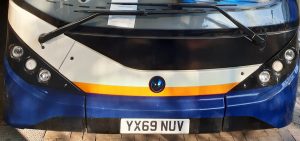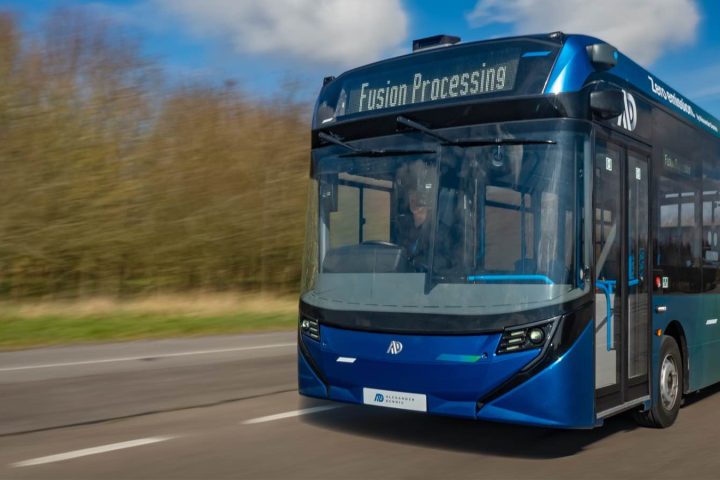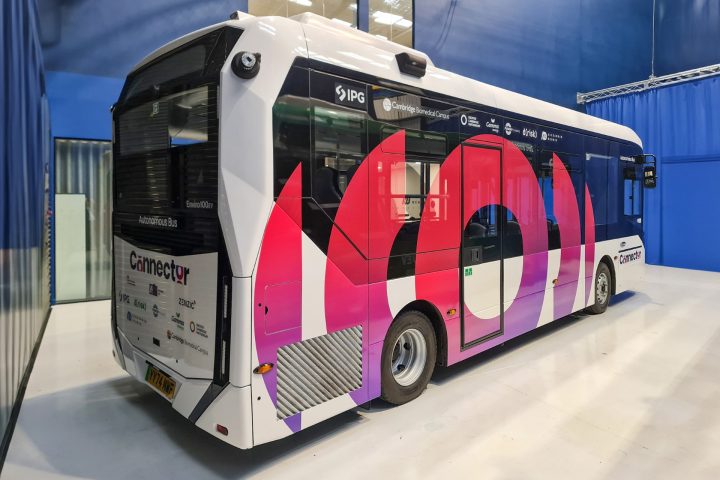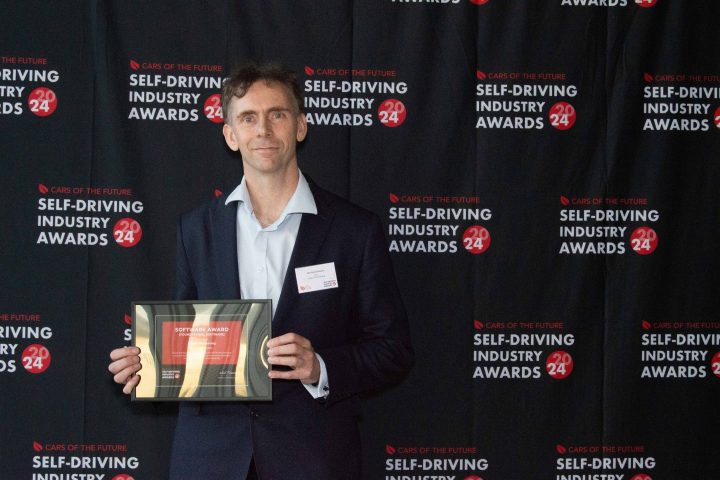 Fusion Processing are world leaders in autonomous vehicles, our sensing and control system, CAVstar® is currently in action, providing Level 4 autonomy, in vehicles ranging in size from a 12m, 43 seat bus to a two-seater Twizy. Much of the technology our engineers have developed for autonomous vehicles can be transferred to regular buses to make them safer, today.
Fusion Processing are world leaders in autonomous vehicles, our sensing and control system, CAVstar® is currently in action, providing Level 4 autonomy, in vehicles ranging in size from a 12m, 43 seat bus to a two-seater Twizy. Much of the technology our engineers have developed for autonomous vehicles can be transferred to regular buses to make them safer, today.
We see the future of mobility being serviced by a full range of autonomous transport options, from micro-pods to private hire cars and full-sized buses at the upper end of the scale, working in an environment that facilitates cycling, walking and manually driven vehicles too.
Fortunately the team here at Fusion Processing are working together with partners Stagecoach and Alexander Dennis Ltd to develop technology that will set new standards of bus safety to protect vulnerable road users, and what’s more, it can be fitted to everyday buses of all sizes, today.
Born from a desire to make buses in cities such as London safer, these three key innovations that will save lives and reduce accidents from the outset: Pedestrian detection People will often run for the bus, especially when they spot one at their stop, or disembark and dash across the road in front of the vehicle. Fusion’s unique pedestrian detection system will recognise anyone crossing in front of the bus and automatically inhibit the engine, stopping the bus pulling away whilst the driver may be distracted looking for a gap in the traffic. Intelligent speed assist As buses follow a route throughout a city and beyond, the speed limits will vary greatly. Thanks to Fusion’s inovative speed assist technology which tracks vehicle progress, the bus’ top speed will automatically be limited to the maximum speed of that particular section of road. These state-of-the-art safety systems have been integrated into the UK’s first full sized autonomous bus, currently on trial at a working Stagecoach depot.
Beyond the depot trial, a fleet of five AV Level 4 buses will participate in CAV-forth, a major pilot scheme, carrying up to 10,000 members of the public per week on a 14-mile route across the Forth Road Bridge from Edinburgh to Fife in 2020.
Replace the wing mirrors with Fusion’s CycleEye® cyclist tracking system.
Technology combining an HD camera feed with radar to identify cyclists in the vehicles’ blind spots will give an audible and visual alert whilst feeding an image to tablets mounted on the vehicles A pillars. Visual enhancements can be overlaid to highlight detected cyclists and pedestrians, reducing the driver’s cognitive load and enabling them to focus on the task in hand. Replacing the wing mirrors will not only eliminate the possibility of the mirrors clipping passing vulnerable road users, but reduces the vehicles frontal area, cutting drag and improving fuel efficiency. Jim Hutchinson CEO, Fusion Processing Ltd



